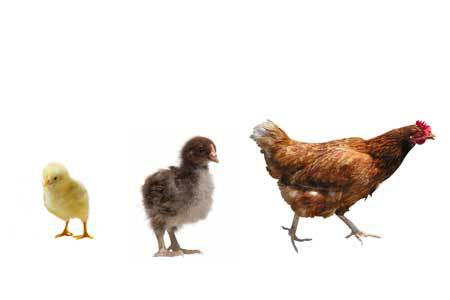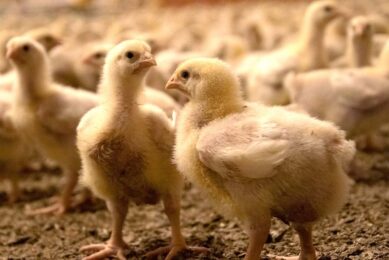Why only three phases?

Twenty years ago, broilers were marketed at eight weeks of age. Feeding them was done using three diets: starter, grower, finisher. Today, broilers are marketed at six weeks of age (at similar weight as those marketed at eight weeks of age mostly due to genetic advancements).
We still feed them three diets: starter, grower, finisher. The diets are a bit different (more concentrated) and the time each diet fed is also different (shorter) than before, but we still use three diets.
Why? Why not just two or four phases?
As far as I am aware this is just a convenient compromise between mixer batch size and how quickly feed silos empty. Back then, twenty years ago, broiler farms were smaller, so three phases seemed about right. But now, in large farms that refill feed silos two or three times a week, there is absolutely no reason to stick to the old system.
Ideally, every time a silo is refilled, a new formula (less concentrated) can be used. Alternatively, a new formula can be used each week. This has two advantages: one, it enables a closer match of nutrient requirements with feed composition (reducing nutrient deficiencies at the beginning of each phase and excesses towards the end); two, it allows the use of medicines and special additives to be better planned and executed, without wastage.
I would be really interested to read your opinions on this topic!
Join 31,000+ subscribers
Subscribe to our newsletter to stay updated about all the need-to-know content in the poultry sector, three times a week. Beheer
Beheer








 WP Admin
WP Admin  Bewerk bericht
Bewerk bericht